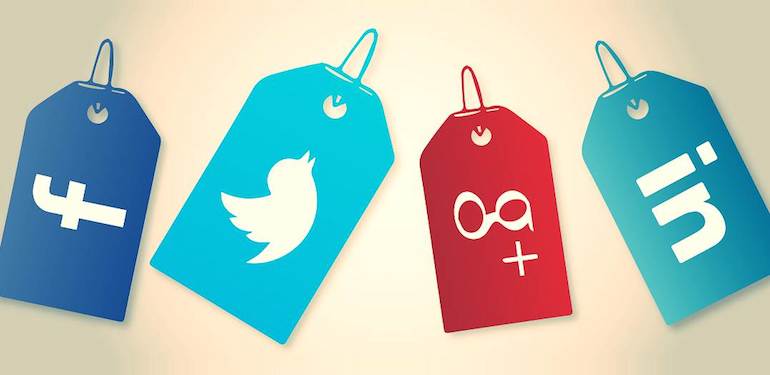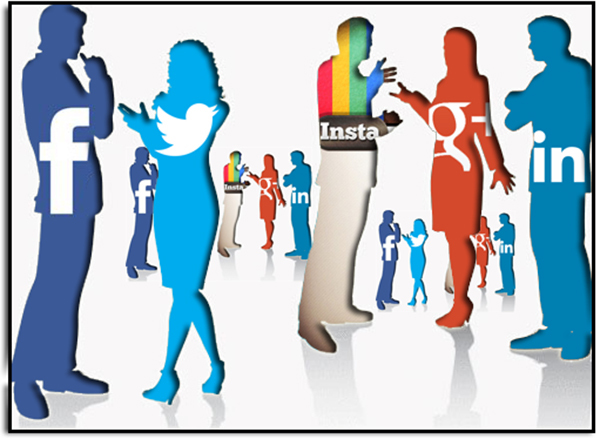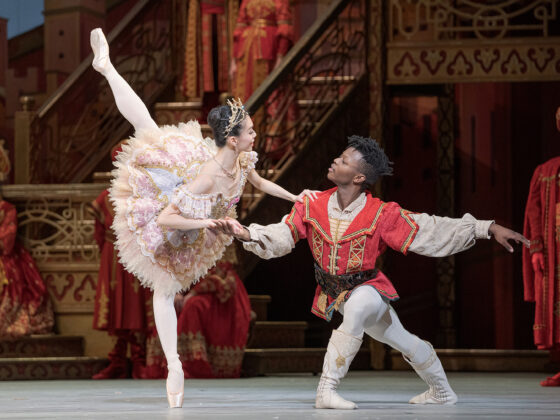With the help of industry experts, Shannon Hunter and the Vv Magazine team take a closer look at the damage buying fake Twitter and Instagram followers has had on blogging culture in our exclusive feature story, “Buying Fake Followers: The Death of Blogging Culture?“
Every blogger wants to be popular; that popularity often comes with huge perks – everything from all-expenses-paid vacations, to free clothes, to a phone with a bill that you’ll never see. But what if all of those perks came from a social media presence that was bought and paid for rather than earned?
The ethics of buying followers have been widely debated for years now, quietly in meeting rooms and loudly in Twitter battles worthy of even the trolliest of trolls. Brands like Mercedes-Benz and Louis Vuitton have even been accused of buying their fans and followers. In a 2012 article on his own blog, Zach Bussey called out famous musicians for beefing up their social presence with fake followers. But why would artists like Sean Combs and Marques Houston buy their followers when they so obviously don’t need to? Because, in today’s digital climate, followers are money in the bank. Brands advertise with celebrities and social media personalities alike in order to reach their wide and varied audience in a way that feels genuine.
ADVERTISEMENT |
But if your followers aren’t genuine, if they’re robots from India or Turkey, then those brands that thought they were getting a massive endorsement to a rapt audience might be just a little pissed off. In a world where followers can mean the difference between an $8-million shoe line and getting repeatedly fired for trying to parlay your blogging skills into an actual strategy job – the numbers are everything. Especially when it’s so easy to buy them – Buzzoid charges $3.00 per every 100 followers on Instagram and, for as little as $12.00, Devumi will set you up with 1,000 new Twitter followers in the next 24-hours. It’s almost understandable, if it wasn’t so stupid.
Devumi will set you up with 1,000 new Twitter followers in the next 24-hours. It’s almost understandable, if it wasn’t so stupid.
“Buying followers on social media is never a good idea. Although steep numbers might look impressive to some at first glance, social inflation can quickly be unraveled by a variety of tools easily accessible to anyone with an Internet connection,” says Andrew Lovesey, a digital strategist for Canada’s leading travel and tourism public relations firm, Siren Communications, and the editor of Travel About — a digital quarterly.
Although Lovesey is still in his early 20s, his entire career has taken place in the social media era. His work in the hyperspace arena stretches beyond the realm of just publishing, as the former social media editor of Canadian Geographic; he’s also worked with multinational corporations, tourism boards, brands, pop-up shops, writers, and non-profits – providing them all with valuable insight into the “next big strategy” in social media.
ADVERTISEMENT |
“As someone who works with major brands and corporations, I have never been able to see benefits of buying followers, because people will always gauge the value of an online community by how plugged-in and responsive it is,” insists Lovesey. “500 engaged followers that hang onto your every tweet are much more valuable than someone with 15,250 followers where 15,000 are fake and not interacting. And for every site or app that offers you free or purchased followers, there is another one offering a solution to identify fakes. You can dress up a two-star hotel and make it look like a four- or five-star, but it will always be a two.”
One of those sites for identifying fake followers is TwitterAudit, co-founded by David Caplan, a web developer who started the online Twitter follower auditing platform with his friend David Gross, who is also a programmer with an accounting background, which inspired the “Audit” part of the name. Gross and Caplan joined forces and skillsets to start the site after hearing about friends who thought they had successfully bought Twitter followers and were thus duping the social media’s popularity score.
“The site works by looking at 5,000 of a person’s followers and scoring them using a few factors such as whether they tweet a lot, what they tweet about, their ratio of followers to people they follow, their profile picture, their username, and a few other things,” says Caplan. “It comes up with a best guess of whether they are ‘fake’ or not, and just adds it all up.”
So what makes for a poor score on TwitterAudit? “What we’ve seen is that people with millions of followers tend to show an audit score of about 40-60% real followers, which turns out to be within the range of how many real active users there are on Twitter as a whole. It’s hard to say for sure if people with huge numbers of followers actually bought them because most Twitter users are just inactive and are seen as ‘fake’ by our system,” insists Caplan. “TwitterAudit is much better when looking at people with followers in the thousands, or hundreds of thousands. Sometimes, we’ll see accounts with 0-10% real, which is a definite indicator that the person has paid money for followers.”
ADVERTISEMENT |
Unlike Lovesey, Caplan doesn’t necessarily think buying Twitter followers is an entirely bad idea for everyone. “The choice to buy followers really depends a lot on the reason for buying them in the first place,” he says. “I think that if you are trying to build up a genuine following, it can actually help to artificially build up your follower count as a way to get real people to trust you. That said, the real value of TwitterAudit is in reducing real fraud when running ads on Twitter. It is very possible for people to buy up fake followers and then sell their account for advertising… which is fraud, because all their followers are fake.”
Problematically, buying followers isn’t limited to the person who owns the name of the account. Anyone can buy followers for anyone else on Twitter, and it’s become a malicious way of defaming people and/or the competition. Social media personality and foodie blogger Daniel Desforges of DoTheDaniel.com was targeted this year by other bloggers who sought to discredit him, after he came out publicly against those buying followers, by purchasing followers for him. Desforges spent the next couple of weeks denouncing the practice, contacting Twitter Canada and going so far as to speak with the RCMP. He insists he went to these lengths to “protect my brand, my name, and the business I’ve worked so hard for.”
ADVERTISEMENT |
Throughout this process, he was forced to spend his time blocking 9,200 accounts on Twitter. We suspect a certain tattooed, wanna-be-model who fancies himself an influencer may have been behind the attack but it’s very difficult to confirm these things; without the support of Twitter or any legal means to stop these people.
Richard Fabregui and Marc Piercey of Toronto is Fashion are concerned that – with bloggers buying “Likes” and followers at a frenzied pace – we’ll see brands returning to traditional media rather than continuing to work with influencers. If those influencers are tweeting your brand to a Russian robot it’s not really going to boost your sales. Piercy worries “that brands and PR companies will choose more traditional media outlets like magazines and television to promote their products.” He also points to the absurdity of some bloggers’ popularity spikes: “I understand the ‘fake it to make it’ mind set,” he says, “But some have gone a little overboard. If a star from a hit show like Degrassi has a certain number of followers and Joe-Schmo blogger has thousands more, something isn’t right with that picture.”
One jet-set blogger who shall rename nameless, for instance, is a fervent Instagrammer and, while she has over 14,000 followers and even though her photos rake in the “Likes,” you’ll notice that those likes are rarely, if ever, accompanied by comments.
One jet-set blogger who shall rename nameless, for instance, is a fervent Instagrammer and, while she has over 14,000 followers and even though her photos rake in the “Likes,” you’ll notice that those likes are rarely, if ever, accompanied by comments. Similarly, the editor of a Toronto-based fashion magazine likely doesn’t have 105,000 followers, unless there is something shady going on – it would be shady, for example, if 30% of those followers happened to be from Africa and Russia rather than New York and Toronto. No matter how sparkly you are and how great that coffee was, no one believes that more than 600 people loved your latte but only three of them commented. The biggest problem with buying your audience is that anyone with half a brain can see what’s going on.
ADVERTISEMENT |
So why do the PR companies continue to work with bloggers that have a bigger presence in Northern India, than they do in the city they are currently influencing? Because clients have a hard-on for social numbers; they practically drool on their keyboards at the thought of 100,000 people seeing a genuine endorsement of their product, especially from someone so influential (there’s that word again).
Good PR companies are savvy to the trend of buying a fan base and, while they still work with bloggers who’ve proven themselves as having a legitimate loyal readership, they look carefully at a blogger’s level of influence and not just at the number that precedes the “Followers” indicator on said blogger’s Instagram and Twitter pages. “When a brand is looking at a blogger/influencer program, it’s important to do research because you can tell when followers aren’t real by looking at the ratio between audience and actual organic engagement,” insists Natasha Koifman, founder of premiere publicity firm NKPR, which has offices in Toronto and New York.
“What determines a strategic influencer partnership is strong content that results in engagement from a mutual target demo,” says Koifman.
So what makes a blogger a good bet for a collaboration? “What determines a strategic influencer partnership is strong content that results in engagement from a mutual target demo,” says Koifman. “From a PR perspective, we also look at how this blogger extends his or her influence further. For example, does he or she participate in television segments, radio interviews, host events, and do they give back to social causes? When it comes to partnering with bloggers, you should always be able to track results from a program. Follower counts are important, but actual success should be measured by engagement, website referrals, and sales.”
ADVERTISEMENT |
We reached out to a number of international corporations who’ve worked openly with bloggers in the past to find out about their experiences and, surprisingly, only one PR firm agreed to comment on the results of a recent collaboration with bloggers on behalf of an international brand. “I wanted real, personable people, and I wanted individuals who were different from one another and had a positive following, which would benefit TRIWA and gain exposure in the Canadian Market,” says Vedika Solecki, founder and director of Sheek PR, who recently chose to introduce TRIWA, a Stockholm-based independent accessories line, to the Canadian market using a blogger ambassador-based holiday campaign.”I think [working with bloggers is still] a new and fresh way to promote a brand.”
In the meantime, bloggers like Desforges have started walking away from PR agencies and companies that work with bloggers known to have bought their followers. “If they don’t appreciate my unique voice and genuine audience then I’d rather not work with them,” says Desforges.
On the other hand, Piercey has been told by PR agencies that they prefer to work with him BECAUSE they know his numbers are real. “Some PR companies have actually recently told us that the reason they kept us on their roster is based on the fact that, when they look at some blogger’s stats, their social follower count is very high but their actual website viewership is incomparably low,” insists Piercey. So perhaps there’s hope for the bloggers who’ve earned their notoriety after all.
ADVERTISEMENT |
We may never be able to tell, without any doubt, who has purchased their likes and followers, but the truth has a habit of coming out, regardless of how well you think you’ve covered your tracks.
What are your thoughts on bloggers buying followers on social media? Let Vv Magazine know your thoughts on our feature story “Buying Fake Followers: The Death of Blogging Culture?” in the comments below or tweet us @ViewTheVibe.








